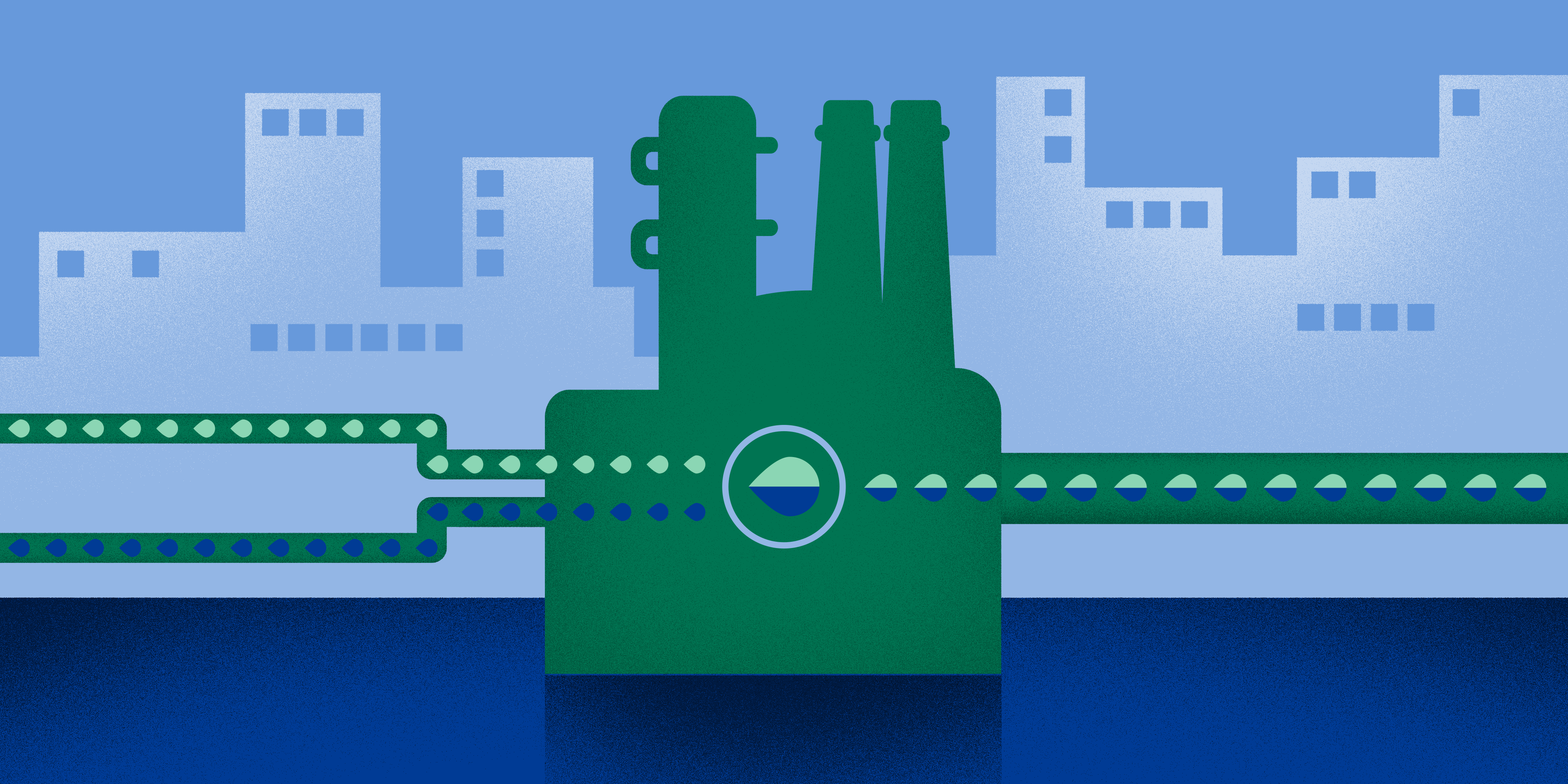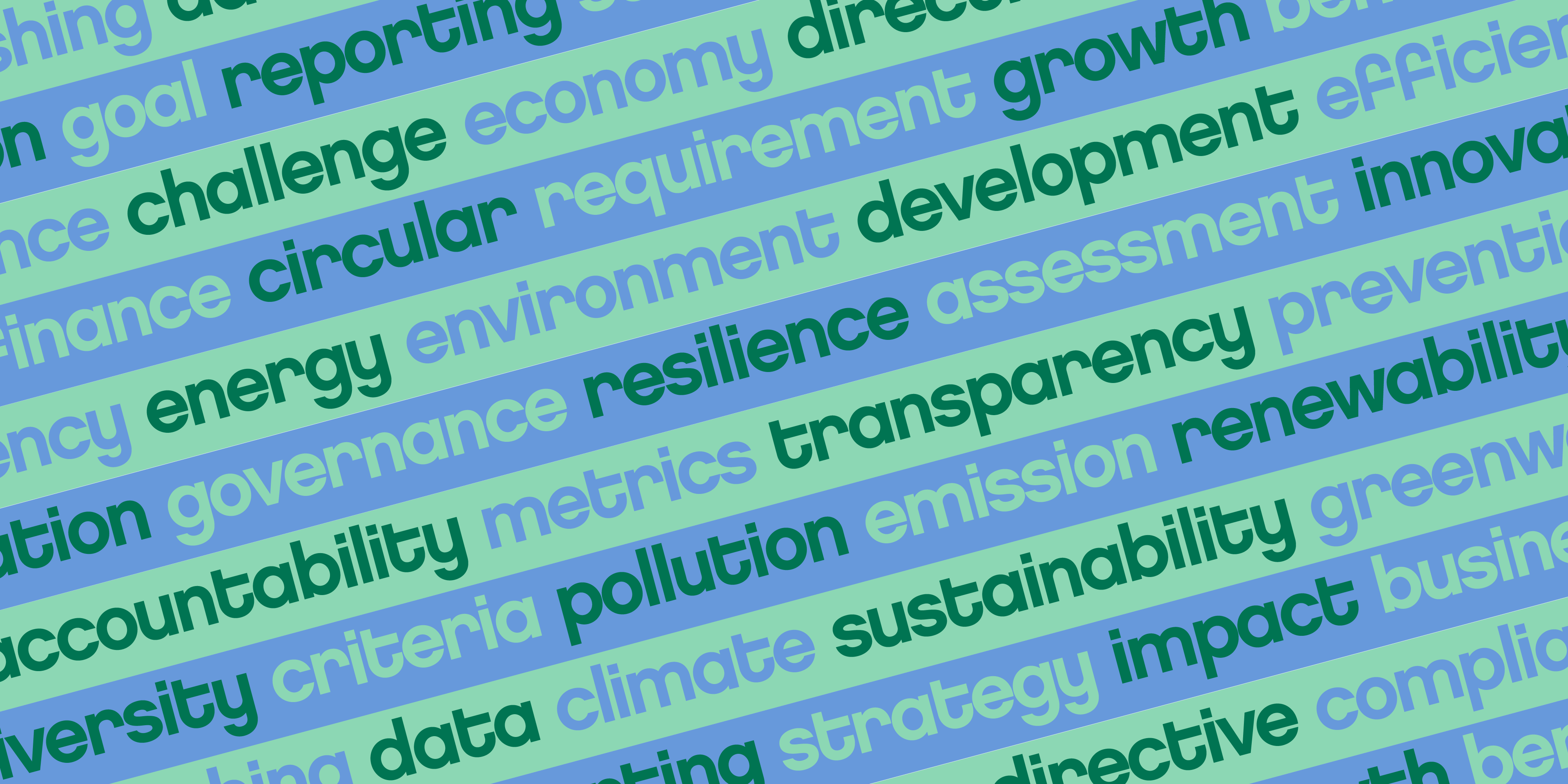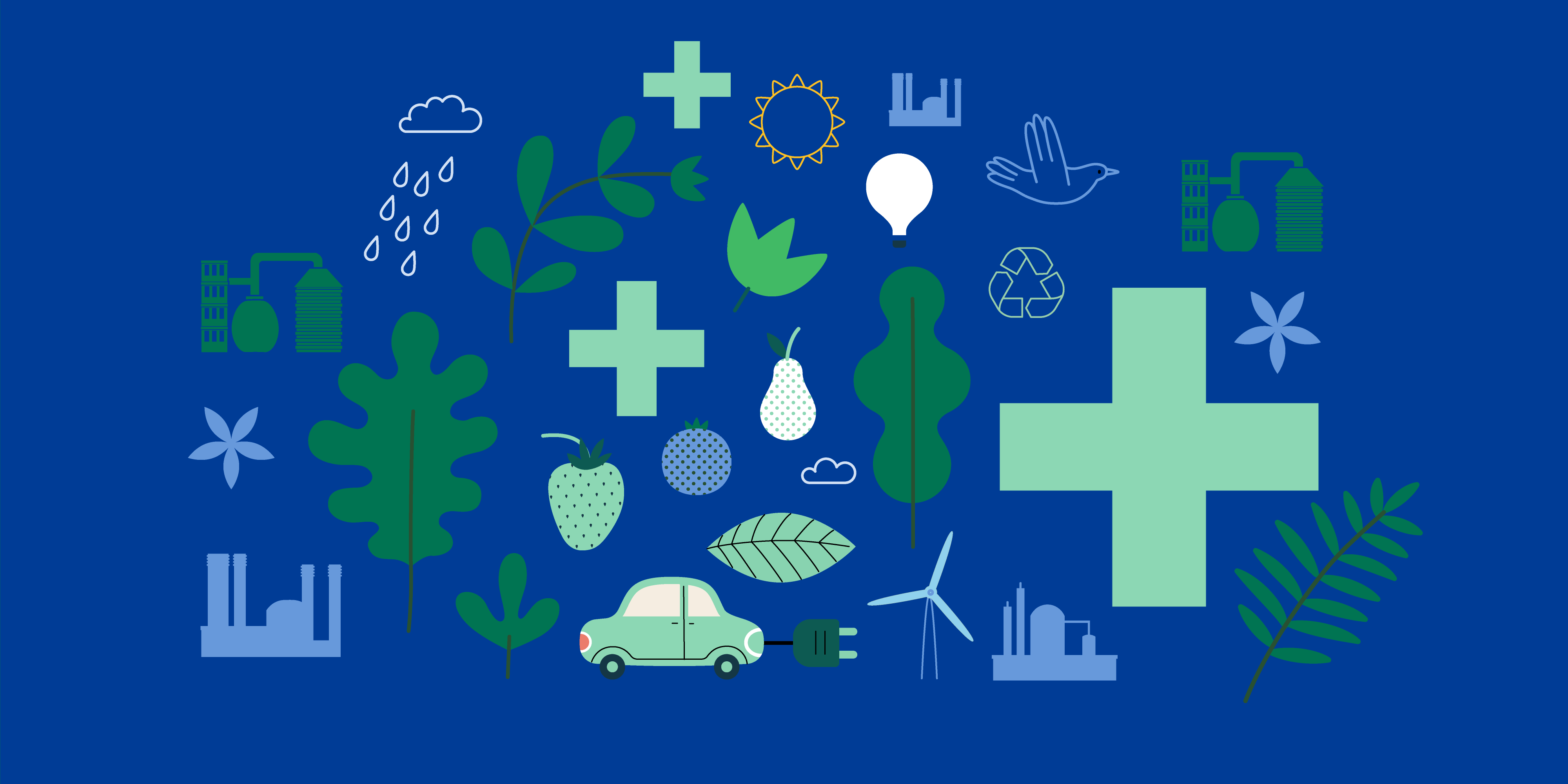
Sustainability
8 minute read
The top 5 sustainability trends of 2025
As the urgency to tackle climate change continues to ramp up, so does the world’s approach to sustainability, hallmarked by ever-increasing ambition, innovation and development. Journalist Ashley Winchester looks ahead into 2025 at the top five sustainability trends you need to know about.

1. The renewables challenge
Amid a challenging global geopolitical landscape that is creating uncertainty, the pace for renewables to dethrone fossil fuels has slowed down - but progress is still taking place.
A year ago, the COP28 agreement marked a significant milestone in transitioning away from fossil fuels and accelerating the global shift to renewable energy. While this was a historic moment, the momentum has been measured so far.
The recent COP29 gave it an oblique nod, focusing on the finances of achieving global “clean” energy goals. In addition to establishing a UN-managed global carbon market to help incentivize emission-reduction goals, the nearly 200 nations at the Baku, Azerbaijan conference agreed to triple finances for developing nations – to $300 billion annually by 2035 – to help combat climate disasters and support investments in clean energy.
Meanwhile, according to the International Energy Agency (IEA), we are globally set to add more than 5,500 gigawatts (GW) of new renewable energy capacity between 2024 and 2030, nearly triple the increase seen in the previous seven-year period.
Thanks to governmental subsidies, political pressure and consumer demand, the EU is accelerating towards its target of 42.5 percent of energy to come from renewable sources by 2030, doubling from 24.1 percent in 2023.
China is also investing heavily in solar power and is projected to account for 60% of the world’s renewable capacity installation by 2030.
Going forward, replacing fossil fuels in transport and travel will also continue to be a focus area. Renewable fuels – used in cars, trucks and heavy machinery airplanes and ships – are already available as an effective and more sustainable drop-in alternative for fossil fuels, with products such as renewable diesel, sustainable aviation fuel (SAF), and lower-emission marine fuels. Continuous raw material innovation and significant investment in production capacity – boosted by ever-increasing demand – are opening up the way to scale up these solutions.

2. The rise of circular solutions
From a mostly linear economy model of production-consumption-waste, we are now seeing a rise of approaches adopting circular economy principles durability, reusability, recyclability, and closed-loop systems at the heart of their operations.
A large chunk of this momentum will come from startups, because they are more likely to experiment with new ways of approaching business, says Dr. Julian Kirchherr, a Roskilde University researcher whose work focuses on the circular economy and circular business models and policies.
(Startups favoring circularity are) “going to continue doing very well, given that the young generation is jumping on them, basically driving their business model,” Kirchherr says. “I’m positive when it comes to circular startups.”
An example of such a startup company leading the charge on circularity is Grover, a company which rents, refurbishes, and recirculates electronics like cellphones, tablets, televisions, and gaming devices, encouraging consumers to rent rather than buy their latest gadgets.
In addition to start-ups, another area of growth is where businesses are taking a collaborative approach to increase circularity. For example, a partnership between Neste, Borealis and Covestro enables the recycling of discarded tires into high-quality plastics for automotive applications, helping drive circularity in plastics value chains and the automotive industry.

3. Regulation keeps greenwashing in check
Once upon a time, sustainability may have been considered as optional, simply a cost factor, or a marketing tool to conjure up environmental claims. While positive change here isn’t new, it is accelerating, and this is at least in part due to regulators now also taking action. Sustainability is increasingly a legal obligation, with new laws and regulations creating order in what has been a bit of a greenwashing wild west.
Indeed, in 2025 businesses will not only need to level up their sustainability ambitions, but there will also be increased requirements to back their claims with verifiable facts and to report respective data.
In the EU, for example, a new bundle of regulations and directives are targeting green claims in advertising. The “Green Claims Directive,” expected to enter into force by 2028 is already having an increasing impact on how products may be advertised in terms of their environmental claims or durability. It also will standardize some labeling and ban claims of reduced environmental impact based solely on emissions-offset schemes.
Another major legal driver of change in Europe is the Corporate Sustainability Reporting Directive (CSRD), which aims to enhance corporate transparency and accountability in relation to environmental and social responsibility performance. The new EU law sets standards for reporting on sustainability for companies, while building on international standardization efforts. Listed companies with more than 500 employees falling under the directive in the first wave of implementation will need to be applying these rules starting in 2024, for the first reports to be published in 2025. This significantly increased reporting requirement is expected to give far more clarity to investors, consumers, and other stakeholders as they seek to evaluate businesses’ sustainability performance – and to see the wood from the trees.

4. Artificial intelligence applied to sustainability accounting
Navigating new regulations, meeting new reporting standards and ensuring robust carbon management practices – all within increasingly complex supply chains: it’s no small challenge for businesses striving to hit ambitious sustainability goals. Emerging technology, such as carbon management software platforms powered by artificial intelligence, will help businesses cut through the otherwise labor-intensive data crunching process of carbon accounting.
“Complying with these ever-changing disclosure requirements can be a daunting task,” says Selah ElHattab, the founder and CEO of Gravity, which helps companies measure and report their carbon footprint via its AI-based tool. “Whether it’s improving energy efficiency, switching to lower-emission alternatives, or optimizing supply chains — three of the most critical issues for our industrial customers — the data-driven insights provided by effective accounting platforms will help create more resilient, sustainable operations for businesses across the globe.”
Supply chain emissions, or scope 3 emissions – where most of a company’s carbon footprint often lies – are a particularly complex area to measure and manage. With AI-driven software identifying more sustainable alternatives to existing links in the chain will be much easier.
“AI offers a unique capability to drive certainty and actionable insights into corporate operations, enabling the identification of inefficiencies across a global operation,” adds Harris Chalat, the co-founder and CEO of Muir AI. “This technology will drive real change, by integrating carbon into a company's day-to-day operations.”
The potential for AI to reach for more ambitious sustainability targets go much beyond supply chain management. Another application is emerging for example in the agricultural sector. For example, UN Climate Change’s Initiative on Artificial Intelligence for Climate Action cites AI-driven algorithms as a way to power precision agriculture effectively. By analyzing soil data, plant health, and weather forecasts, AI can provide actionable insights for precise irrigation, fertilization, and pest management – leading to more sustainable farming practices.

5. Nature positivity and biodiversity
The World Economic Forum’s Global Risks Report ranks biodiversity loss as one of the top five threats facing humanity in the next decade.
In 2025, biodiversity and nature positivity will continue to play important roles in how we discuss and strive for sustainability. Companies are expected to both set nature-related targets and publicly disclose the progress made in the area.
“When discussing sustainability, topics like GHG emissions and pollution are heard most often. But the conversation surrounding biodiversity loss and sustaining nature has been growing for a while now,” says Asta Soininen, an associate in sustainability and regulations at Neste.
“To be able to mitigate the changes caused by climate change – for example rising temperatures and increased rainfall – it is crucial that biodiversity is taken care of. Global challenges, like water scarcity, ecosystem decline, species extinction and raising temperatures, are all connected, and we are not able to solve one without taking into account the other,” Soininen says.
The U.N. Kunming-Montreal Global Biodiversity Framework has set a goal to reverse biodiversity loss by 2030 and to achieve full recovery of biodiversity by 2050. "Besides halting biodiversity loss itself, the agreement also emphasizes securing nature’s services for humans, equitably sharing the benefits of biodiversity use, and the financing needed to meet the targets."
This drive to put nature to the front and center was further supported by the Science Based Targets Network (SBTN) publishing the first release of science-based targets for nature, providing guidance to help companies assess, prioritize, and address their impacts on nature.
Credits:
Ashley Winchester, Ashley Winchester is an American journalist whose work has appeared in The New York Times and the BBC, among other national and international publications.





